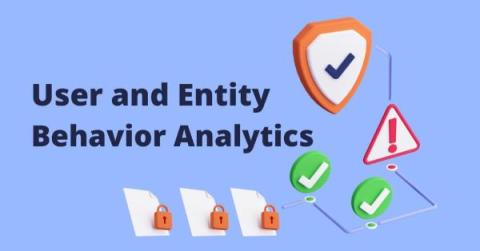Business Email Compromise (BEC): Types & How To Prevent
Many of us think we’re too smart to get scammed by fake company emails. We also believe our biggest cybersecurity threats will be more complex than they have been in the past, and that today’s scammers and phishers will only target government and financial institutions with cutting-edge hacking and infiltration techniques. Regrettably, the threat of seemingly simple business email compromise (BEC) attacks is as prevalent as ever.




